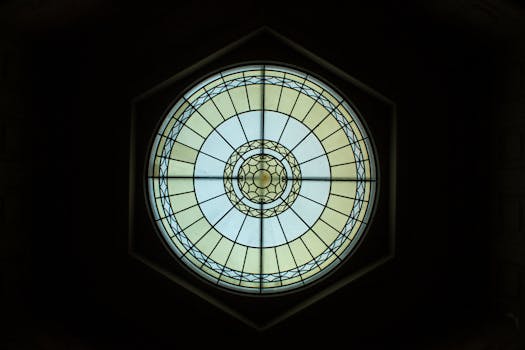
Traveling Through Time: How Europe’s Historical Heritage Shapes Modern Lifestyles in 2025
Traveling Through Time: How Europe’s Historical Heritage Shapes Modern Lifestyles in 2025. Europe, a continent steeped in history and culture, has a unique ability to transport us through time. From the ancient ruins of Greece and Rome to the modern cities of London and Paris, Europe’s historical heritage continues to shape modern lifestyles in profound ways. In this article, we’ll explore how Europe’s rich cultural legacy influences contemporary life, from architecture to art, cuisine, and beyond.
Architecture and Urban Planning
Europe’s historical architecture is a testament to the continent’s rich cultural diversity. From the Gothic spires of Notre-Dame to the Baroque grandeur of St. Peter’s Basilica, Europe’s cities are filled with iconic landmarks that reflect the region’s complex history. These architectural treasures not only attract millions of tourists each year but also inspire modern urban planning. Many European cities have incorporated historical elements into their contemporary design, creating unique and vibrant public spaces that blend old and new.
Art and Culture
Europe’s historical heritage has also had a profound impact on the continent’s art and culture. From the Renaissance masterpieces of Leonardo and Michelangelo to the modern art movements of Cubism and Surrealism, Europe has been at the forefront of artistic innovation. Today, this cultural legacy continues to inspire contemporary artists, musicians, and writers. Europe’s cities are home to countless museums, galleries, and festivals, showcasing the region’s rich cultural diversity and creativity.
Cuisine and Gastronomy
European cuisine is famous for its diversity and richness, reflecting the continent’s complex history and cultural exchange. From the pasta dishes of Italy to the tapas of Spain, and from the beer halls of Germany to the bistros of France, Europe’s culinary traditions are a testament to the region’s historical heritage. Modern European cuisine continues to evolve, incorporating new ingredients and techniques while maintaining a deep respect for traditional methods and flavors.
Conclusion
In conclusion, Europe’s historical heritage continues to shape modern lifestyles in profound ways, from architecture to art, cuisine, and beyond. As we travel through time and explore the continent’s rich cultural legacy, we are reminded of the importance of preserving our shared history and cultural traditions. By embracing and celebrating Europe’s historical heritage, we can build a brighter future, one that honors the past while embracing innovation and progress.


